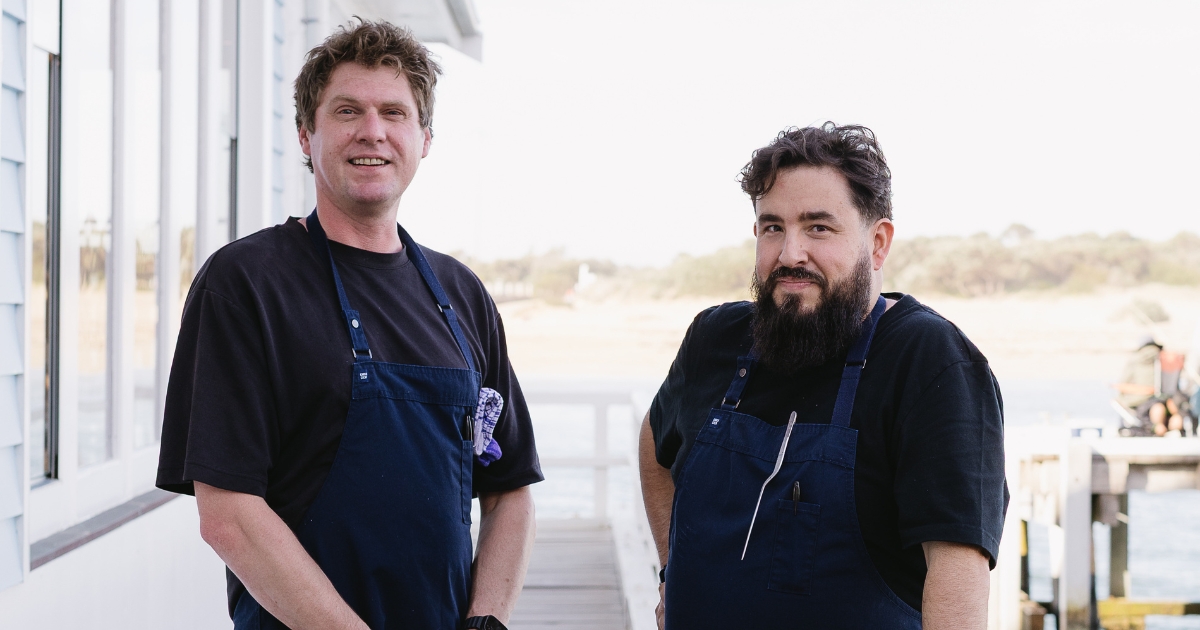On the Plate: Isobaking in a lockdown
These past weeks have seen us all change our routines dramatically.
As Anzac Day approaches, we will remain in isolation, reflecting on the bravery, the tragedy, the heroes of wars gone by. By decree, there’ll be no dawn services or parades. Nonetheless, we still need to maintain traditions, and recall the selflessness displayed by all those who fought for a better world.
The pandemic has shone a light on many heroes, particularly the health workers who continue to be at the forefront of a battle against infection and illness.
Stretched to their limits, we are as one in praising these essential professionals, and indeed we have read about the various hospitability initiatives of many who are cooking meals to save the doctors and nurses having to worry about feeding themselves during these extraordinary times. Sustenance in both the food itself, and the spirit of giving.
There are many myths surroundings the origin of the Anzac biscuits. One story is that the biscuits were made by Australian and New Zealand women for the Australian and New Zealand Army Corps soldiers during World War I, and that they were reputedly first called “Soldiers’ Biscuits” then renamed “Anzac Biscuits” after the Gallipoli landing.
The recipe was reportedly created to ensure the biscuits would keep well during the long sea voyage to those brave blokes fighting overseas. They were called the Anzac Tile and were made from entirely different ingredients – notably there was no coconut in them – but they were high in protein, tough as boots; a food which provided nourishment and was unlikely to ‘go off’ in that there was no egg or butter in the ingredients.
Quite like the strict and orderly observation of military rules and protocol, very specific instructions were given as to the dimensions of these “biscuits” made from plain and wholemeal self–raising flours, sugar, milk powder salt and water. They were square, and the dough had rows of holes pushed into it before baking – five vertical rows and five horizontal rows to each tile. The soldiers would grate them – turning them into a type of porridge or mixed them with a scrap of bacon to make “stews”.
Research carried out by a culinary anthropologist at the University of Otago in New Zealand, revealed that the first time the name “Anzac” appeared in the name of the biscuit in a recipe book was in 1921. That occurred in the renaming of the “oatmeal biscuit” recipe to “Anzac crispies” in the St Andrews Cookery Book. Subsequent editions renamed this to be “Anzac Biscuits”.
The addition of exotic coconut only seems to appear in recipes from after 1927. Their shelf life was as remarkable as the courageous young men who served in those fierce battles, and really they were a variation of oatmeal or rolled oats biscuits which were developed in the Scottish-influenced city of Dunedin as a variation of Scottish oat cakes.
Our present rules and protocols dictate many changes in our usual routines. Times such as these have us making lists and planning menus in advance with almost military precision so that shopping forays become necessary only weekly, mostly for perishables. I have stocked the pantry to enable the making of easy, healthy meals from staple ingredients – as I’m sure you have done.
I’ve also found that a return to “old-fashioned comfort food” recipes has stood me in good stead. Homemade Anzac Biscuits appealed to this hankering, but alas I had no desiccated coconut in the pantry. Fortunately I did have some shaved coconut, or coconut chips in the fridge (being a nut, the shelf life is improved by storing coconut in the fridge, together with the walnuts, almonds etc). And so, adhering to a make do in these lockdown times, I simply ground the shaved version with a mortar and pestle, to imitate the desiccated variety! Having to adopt this ‘making do’ step yielded a slightly different biscuit – and in fact I think this will be the way I’ll make future batches – I really liked the extra crunch.
Whenever I’ve made Anzac biscuits, I’ve always made them the size of a small plate – shaping them into giant discs – in praise of the huge courage of our soldiers, and indeed our health workers – fitting only four biscuits to a baking tray. You can of course make smaller biscuits, but I recommend flattening the mixture so that you have a really crispy biscuit, perfect with a cup of tea in the afternoon.


















